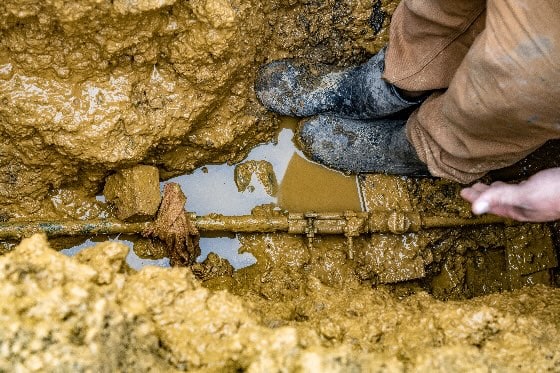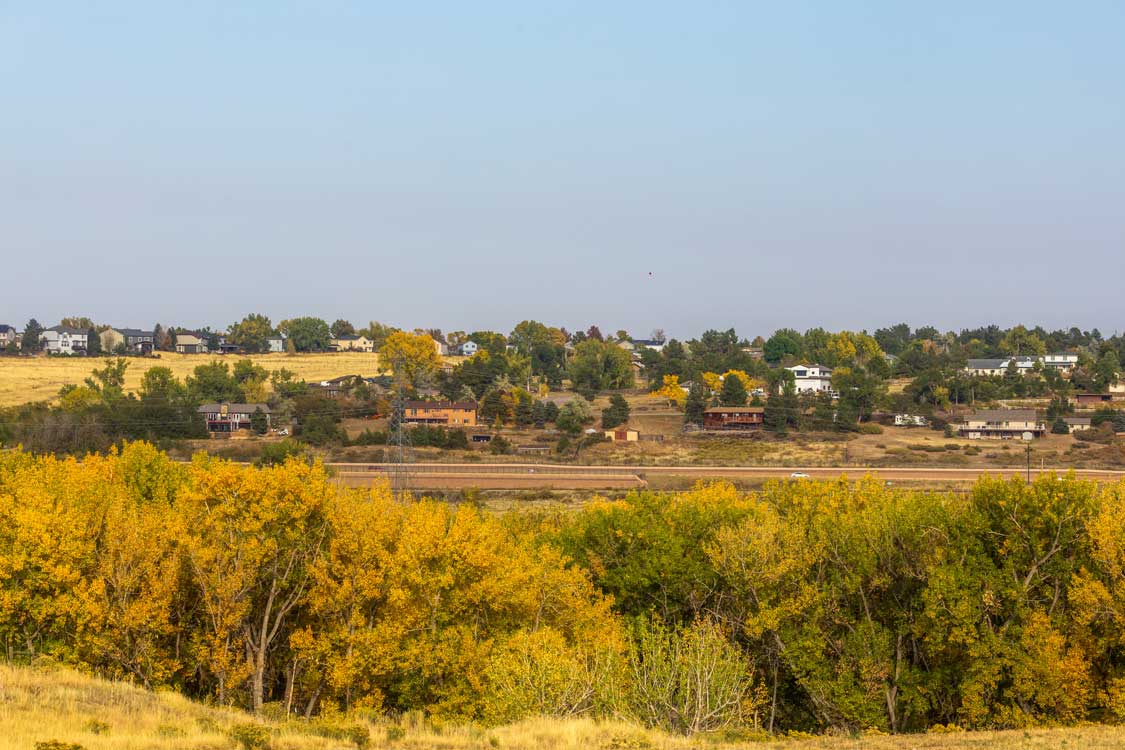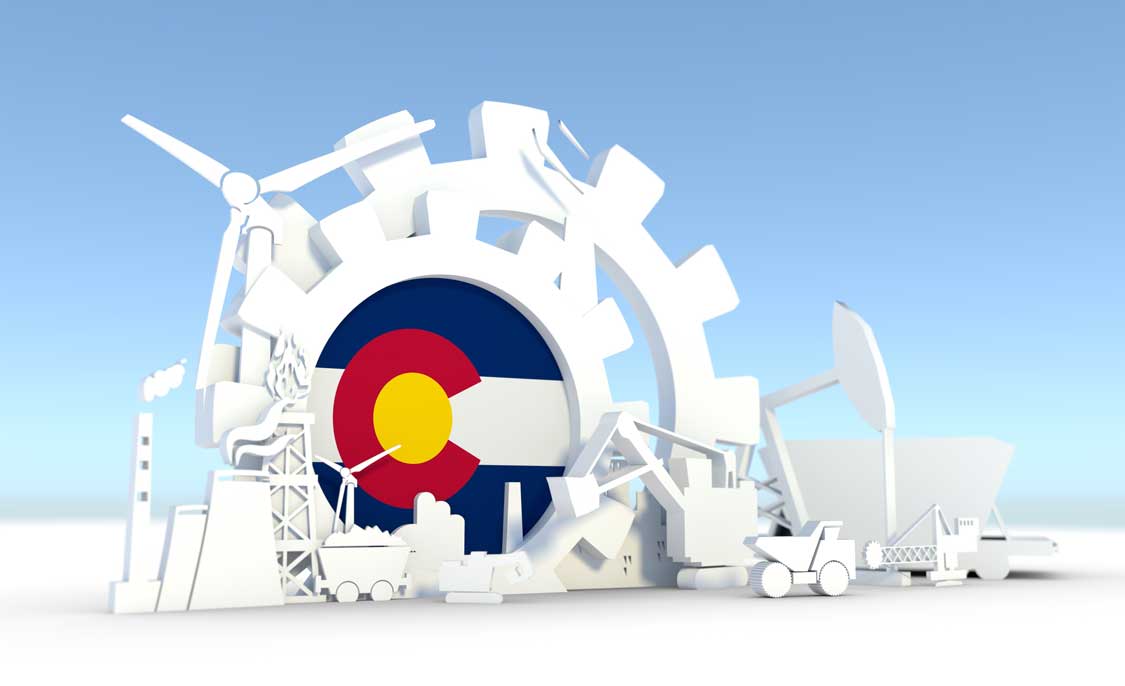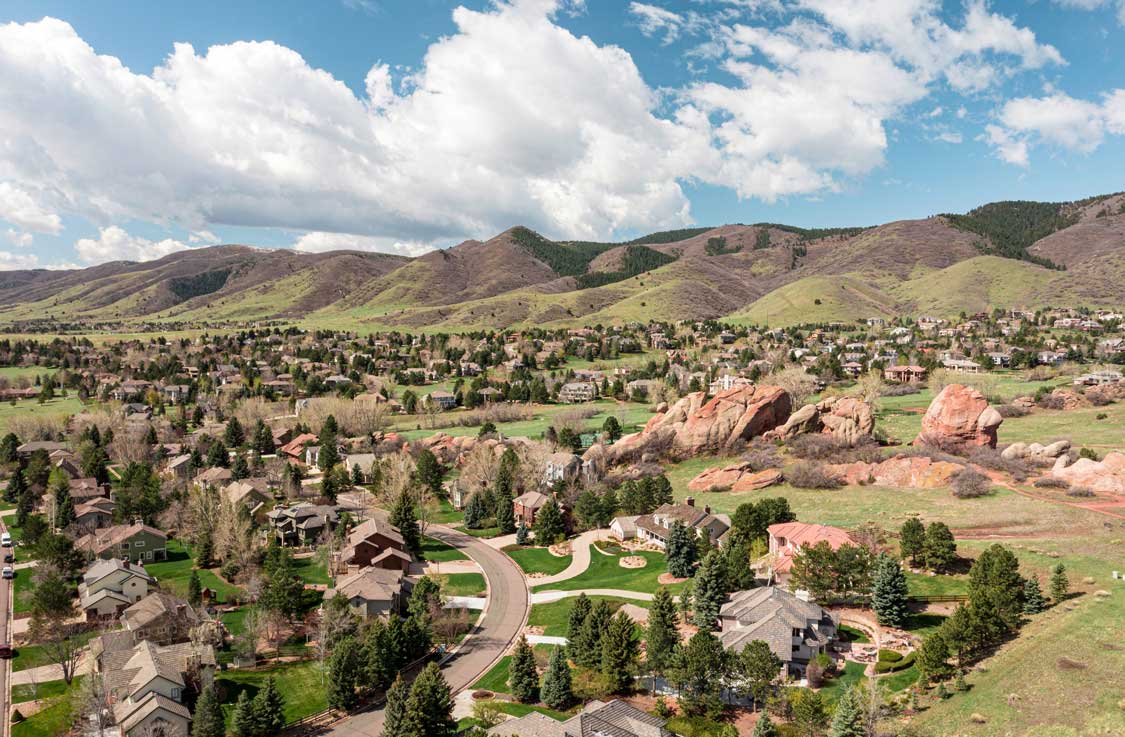The underground pipes that make up your sewer system are out of sight and often out of mind, but they are crucial for the smooth functioning of your home. A broken sewer pipe can lead to a multitude of plumbing problems, ranging from drain issues to severe sewage backups. Identifying the signs of a broken sewer pipe early can save you from costly repairs and replacements down the line.
At Done Plumbing, Heating, Cooling and Electric, we will discuss the key signs of a broken sewer pipe that every homeowner should be aware of. By keeping an eye out for these symptoms, you can act swiftly to address the problem before it escalates.
Common Symptoms of a Broken Sewer Pipe
Broken sewer pipes can manifest in numerous ways, often with subtle signs that homeowners might overlook. Here are the common symptoms to watch out for:
Strange Noises from Your Drains
Unusual sounds coming from your drains can be an early indicator of underground pipes in distress. Gurgling noises, particularly after using the toilet or when water drains out, suggest that air is trapped in the sewer line due to a blockage or crack.
Unpleasant Odors
A properly functioning sewer system should be airtight, except for vent stacks allowing gases to escape. If you detect the foul odor of sewage in or around your home, it could be a sign of a crack or break in the sewer pipe, allowing gases to escape.
Slow Draining
While a single slow drain might just be a clogged pipe, multiple slow drains throughout your home can indicate a more serious problem with the main sewer line. If you’ve tried all the usual fixes for a slow drain with no success, it’s time to consider the possibility of a broken sewer pipe.
Water Damage or Foundation Problems
A broken sewer pipe beneath your home can cause water to leak and erode the soil around your foundation. If you notice new cracks in your foundation, unexplained water damage, or a sudden shift in the soil around your home, a broken sewer line could be the culprit.
Mold and Mildew
Mold and mildew growth can result from the extra humidity caused by a leaking sewer pipe. If you notice mold or mildew in your home, especially if it’s coupled with a musty odor, it may be time to inspect your sewer lines.
Lush Patches of Grass
While lush, green grass can be the result of diligent gardening, it can also signify a sewage leak underground. Sewage acts as a fertilizer, so if you notice that patches of your lawn are particularly vibrant or growing faster than other areas, it could be due to a sewage leak from a broken pipe.
Pests Invasion
Rodents and insects are attracted to sewage. If you notice an increase in pests like rats or cockroaches around your property, they could be finding their way in through cracks in your sewer pipes.
Pools of Septic Waste
One of the most obvious signs of a broken sewer pipe is the pooling of septic waste in your yard. If you see water pooling, and it hasn’t rained recently, you should be concerned about a potential sewer line break.
Causes of Sewer Pipe Damage
To understand the root of the problem, let’s look at what causes sewer pipes to break:
Tree Roots
Tree roots are attracted to the moisture and nutrients in sewer lines and can grow into the pipes through tiny cracks or loose joints, causing blockages or breaks.
Corrosion
Older pipes made of cast iron or clay are susceptible to corrosion over time. As the pipes corrode, they can crack or collapse.
Ground Movement
Shifting soil or heavy construction equipment can cause the ground to move, which in turn can break or dislodge sewer pipes.
Extreme Temperature Changes
Freezing and thawing cycles can cause the ground to expand and contract, which can crack pipes, particularly those that aren’t buried deep enough.
Diagnosing a Broken Sewer Pipe
To diagnose a broken sewer pipe, a professional plumber may perform a camera inspection. This involves sending a camera down your sewer line to visually inspect for damage. The plumber can then determine the location and extent of the damage.
Repairing a Broken Sewer Pipe
Once a broken sewer pipe is confirmed, there are several methods of repair:
Traditional Repair
This method involves digging up the yard or driveway to access the broken pipe and replacing it. It is invasive and can be costly due to the additional labor and restoration work required.
Trenchless Repair
Trenchless sewer line repair methods, such as pipe lining or pipe bursting, allow for repairs with minimal digging. These methods are less disruptive and can be more cost-effective in the long run.
Pipe Replacement
In some cases, particularly with older systems, it may be more practical to replace the entire sewer line rather than repair a single break.
Preventative Measures
To prevent future sewer line issues, consider the following:
- Regular inspections and maintenance
- Avoid planting trees near sewer lines
- Proper disposal of grease and waste
- Using water softeners to minimize pipe corrosion
One Call…It’s Done
A broken sewer pipe is a serious issue that requires immediate attention. Recognizing the signs early can help you mitigate damage and save on repair costs. If you notice any of the symptoms mentioned above, it’s wise to contact a professional plumber to assess your sewer system. With the right approach, you can ensure the longevity of your plumbing and avoid the inconvenience of major sewer line failures.
Remember, when it comes to sewer lines, an ounce of prevention is worth a pound of cure. Keep an eye on the signs and act promptly to keep your home’s plumbing in top shape.







